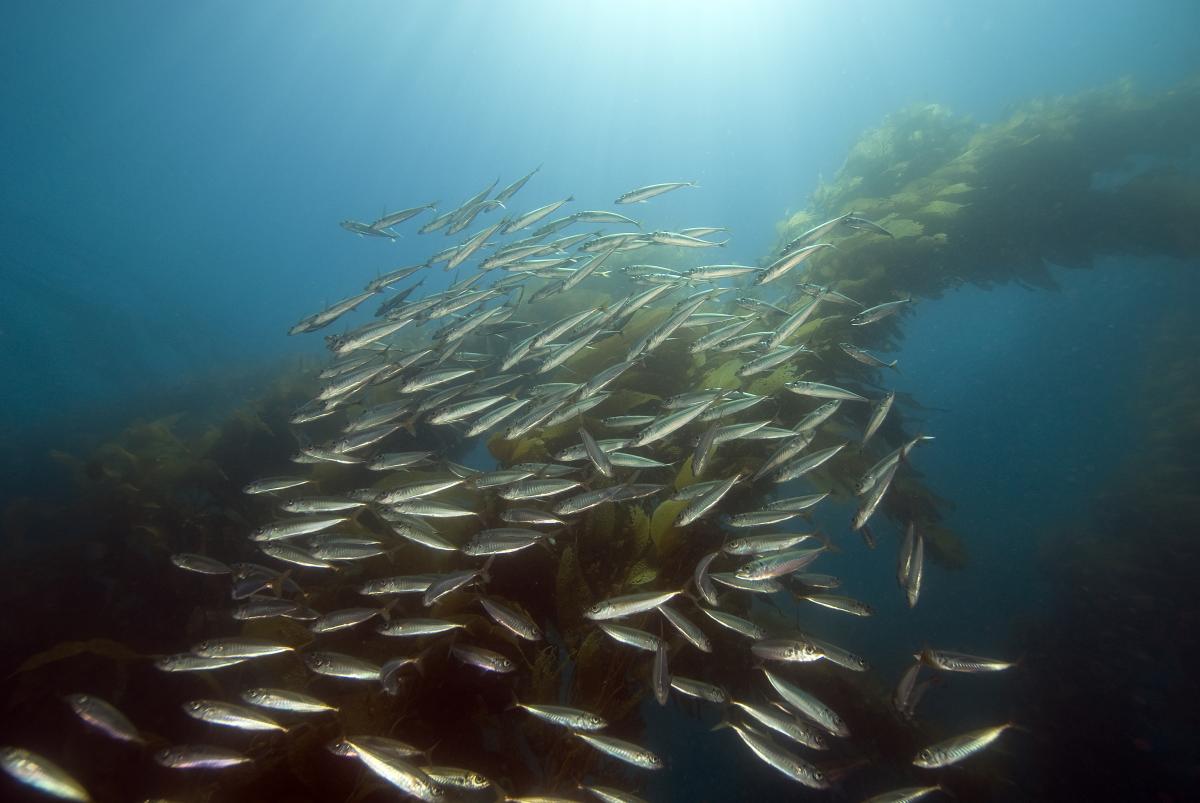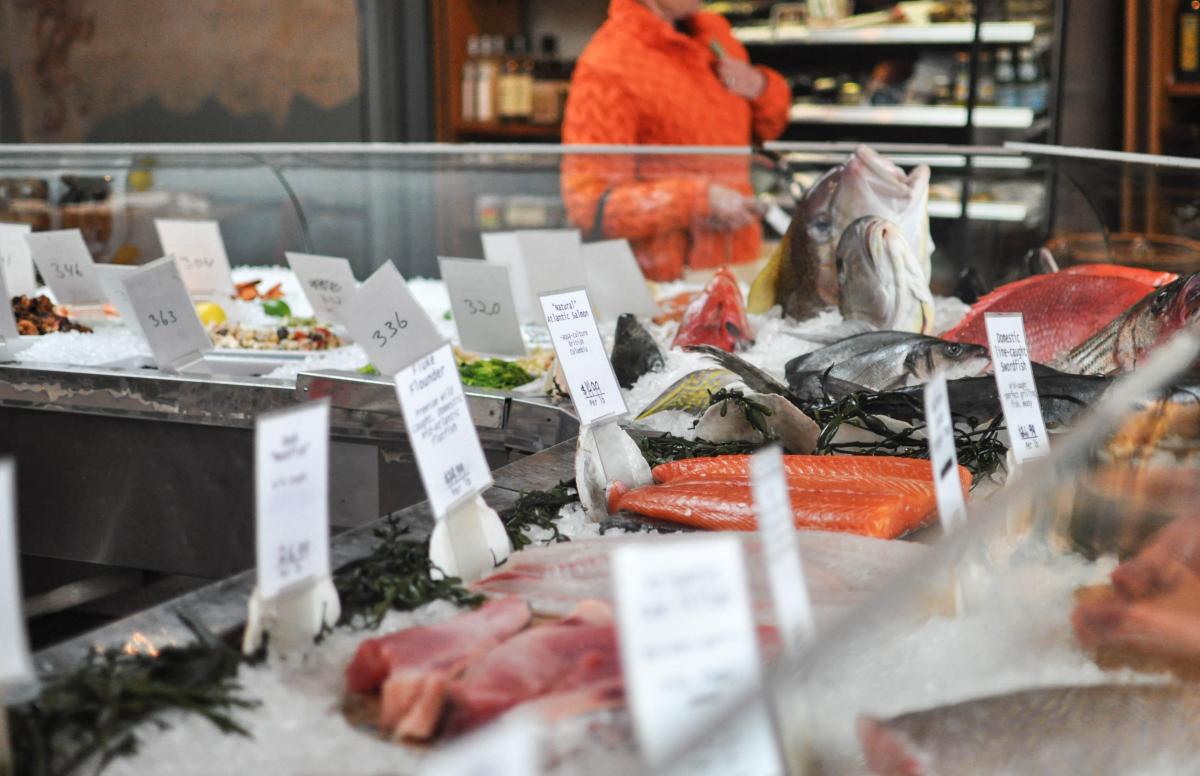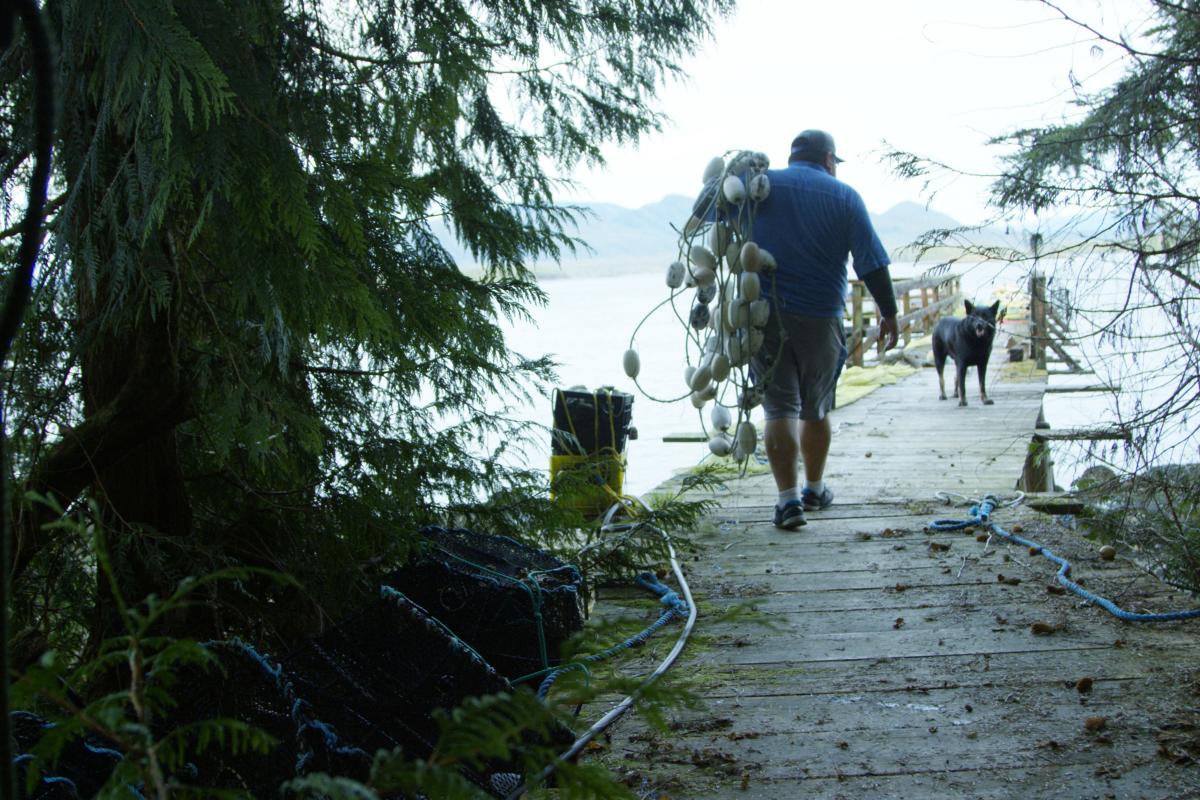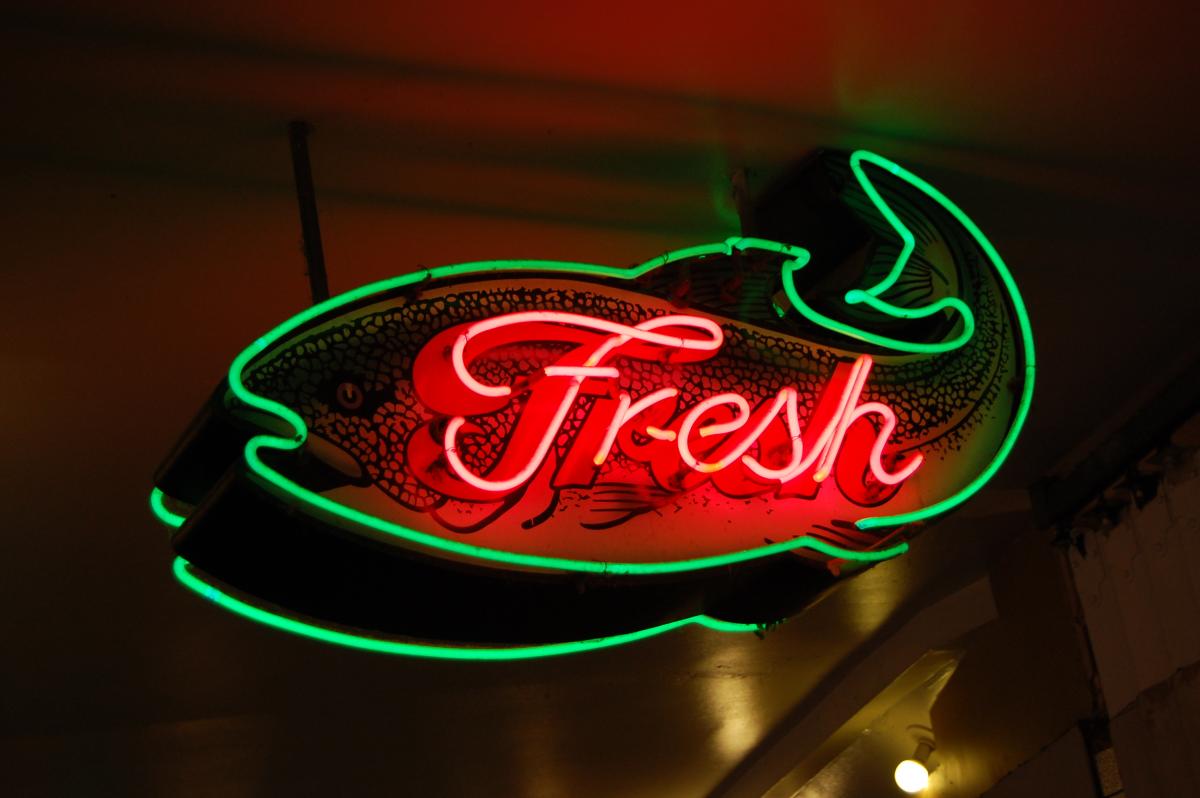January 24, 2019
What Canada’s new food guide means for healthy oceans
Estimated reading time: 0 minutes
Canada has a new food guide – for the first time in 12 years!
The new guide removes the four rigid categories and serving sizes, replacing them with the advice to “eat a variety of healthy foods each day”. The guide is a great resource for Canadians to rethink their diet and its recommendations could help us all eat in ways that are healthier for the ocean. Here’s how:
Question your protein source
One major change in the new food guide is a shift towards plant-based proteins, as well as other proteins including fish. We agree that Canadians should be enjoying more sustainable seafood. Eating wild and sustainably caught seafood is good for our health and the health of the planet. Land-based agriculture is a significant driver of climate change and habitat destruction. In comparison, wild fisheries produce only modest amounts of greenhouse gas and require virtually no fresh water or arable land.

Use food labels and advocate for more information
According to the new food guide, “using food labels can help you compare and choose products so you can make an informed choice.” In Canada, we need more accurate and detailed information on seafood labels so that we can make responsible choices about the food we eat. Canadian labelling laws lag behind the United States and the European Union. There are no requirements for a seafood label to say where or how a fish was caught.
Even more troubling, labels often contain fraudulent information. Last year, Oceana Canada found that 44% of nearly 400 samples of seafood were mislabelled. By implementing full boat-to-plate traceability we can put a stop to this fraud. Add your voice here to help #StopSeafoodFraud and demand better seafood labelling from the Canadian Food Inspection Agency.

Celebrate your food and the ocean
The new food guide encourages Canadians to celebrate their cultures and food traditions. For many people that means cooking up a seafood feast to share with loved ones. Eating seafood is a part of many cultures and for coastal communities it sustains their way of life. To celebrate this connection to the ocean through our food and provide a vital source of healthy protein, we need sustainably managed fisheries.
Unfortunately, Canada’s fish stocks are in trouble, threatening our ability to connect with the ocean and our seafood. Without healthy fisheries, communities across Canada have a lot to lose. If Fisheries and Oceans Canada fully implements the policies and commitments they have made for sustainable fisheries management, they can set Canada’s fisheries on the path to abundance, ensuring coastal economies and cultures are supported, and providing a vital source of protein for years to come.

Be aware of food marketing
According to the food guide, “its important to be aware of marketing because it can influence your food choices.” When choosing sustainable seafood or trying to avoid seafood fraud, many consumers are left with little to no information to help them navigate murky waters.
While we work in Canada to improve labelling laws, consumers can use eco-labels and consumer guides to help make seafood decisions that are ocean friendly. We recommend supporting companies that have voluntarily introduced traceability systems, such as the Marine Stewardship Council, or learning more about your seafood through consumer guides from Ocean Wise or the Monterey Bay Aquarium’s Seafood Watch.

MOST RECENT
June 19, 2025
June 2, 2025
OPINION: From Crisis to Opportunity: Rebuilding Canada’s Fisheries for Climate and Economic Security

